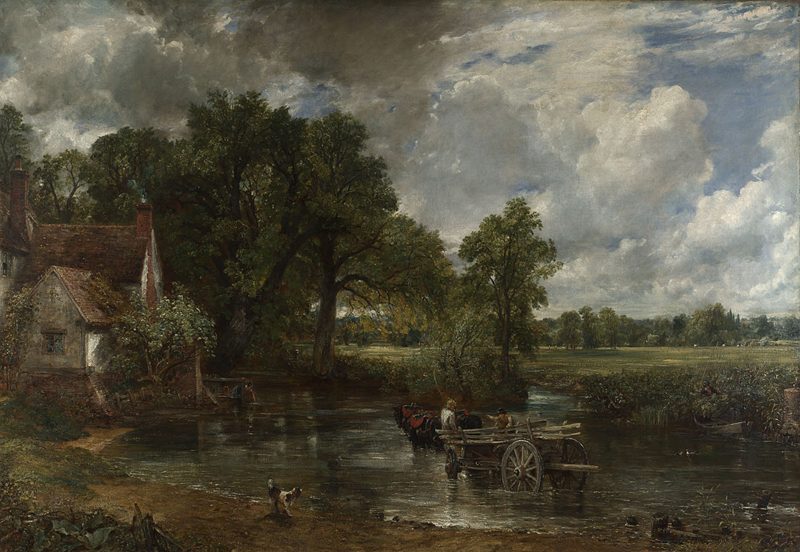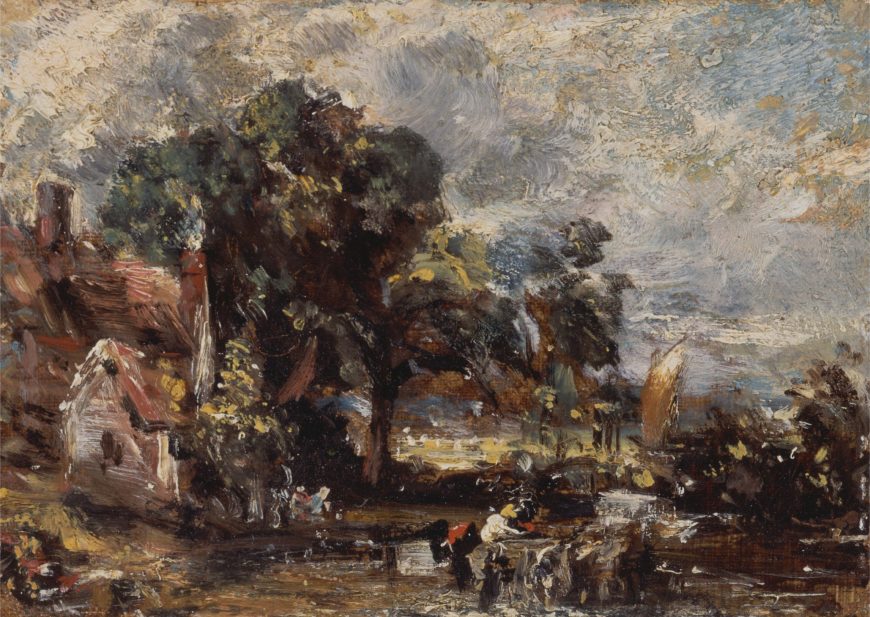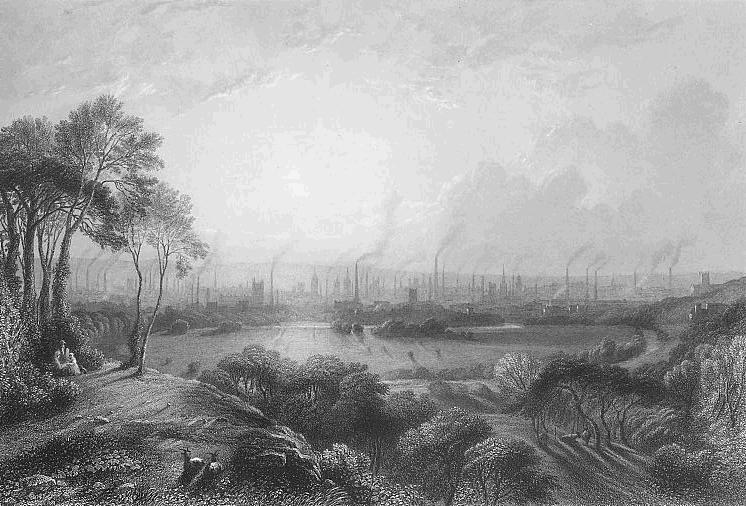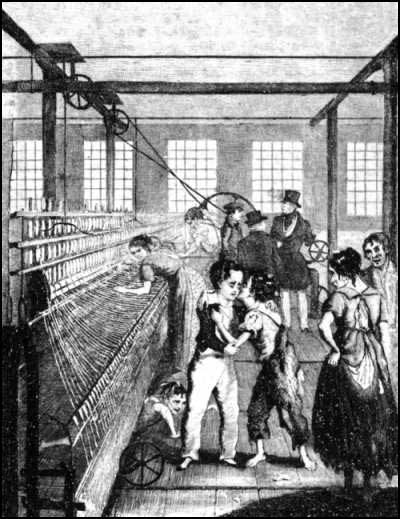
John Constable, The Hay Wain, 1821, oil on canvas, 51–1/4 x 73″ (National Gallery of Art, London)
Reviving landscape painting
Studying the English painter John Constable is helpful in understanding the changing meaning of nature during the industrial revolution. He is, in fact, largely responsible for reviving the importance of landscape painting in the 19th century. A key event, when it is remembered that landscape would become the primary subject of the Impressionists later in the century.
Landscape had had a brief moment of glory amongst the Dutch masters of the 17th century. Ruisdael and others had devoted large canvases to the depiction of the low countries. But in the 18th century hierarchy of subject matter, landscape was nearly the lowest type of painting. Only the still-life was considered less important. This would change in the first decades of the 19th century when Constable began to depict his father’s farm on oversized six-foot long canvases. These “six-footers” as they are called, challenged the status quo. Here landscape was presented on the scale of history painting.
Why would Constable take such a bold step, and perhaps more to the point, why were his canvases celebrated (and they were, by no less important a figure than Eugène Delacroix, when Constable’s The Hay Wain was exhibited at the Paris Salon in 1824)?

John Constable, Sketch for “The Hay Wain,” c. 1820, oil on canvas laid to paper, 4 7/8 × 7″ (Yale Center for British Art, Paul Mellon Collection)
Painted in the studio, from sketches done out-of-doors
The Hay Wain does include an element of genre (the depiction of a common scene), that is the farm hand taking his horse and wagon (or wain) across the stream. But this action is minor and seems to offer the viewer the barest of pretenses for what is virtually a pure landscape. Unlike the later Impressionists, Constable’s large polished canvases were painted in his studio.
He did, however, sketch outside, directly before his subject. This was necessary for Constable as he sought a high degree of accuracy in many specifics. For instance, the wagon and tack (harness, etc.) are all clearly and specifically depicted, The trees are identifiable by species, and Constable was the first artist we know of who studied meteorology so that the clouds and the atmospheric conditions that he rendered were scientifically precise.
Constable was clearly the product of the Age of Enlightenment and its increasing confidence in science. But Constable was also deeply influenced by the social and economic impact of the industrial revolution.
From farming to factories, from country to city

Manchester, England, pictured in 1840 showing the mass of factory chimneys, engraving by Edward Goodall, original title Manchester, from Kersal Moor after a painting of W. Wylde
Prior to the 19th century, even the largest European cities counted their populations only in the hundreds of thousands. These were mere towns by today’s standards. But this would change rapidly. The world’s economies had always been based largely on agriculture. Farming was a labor intensive enterprise and the result was that the vast majority of the population lived in rural communities. The industrial revolution would reverse this ancient pattern of population distribution. Industrial efficiencies meant widespread unemployment in the country and the great migration to the cities began. The cities of London, Manchester, Paris, and New York doubled and doubled again in the 19th century. Imagine the stresses on a modern day New York if we had even a modest increase in population and the stresses of the 19th century become clear.
Industrialization remade virtually every aspect of society. Based on the political, technological and scientific advances of the Age of Enlightenment, blessed with a bountiful supply of the inexpensive albeit filthy fuel, coal, and advances in metallurgy and steam power, the northwestern nations of Europe invented the world that we now know in the West. Urban culture, expectations of leisure, and middle class affluence in general all resulted from these changes. But the transition was brutal for the poor. Housing was miserable, unventilated and often dangerously hot in the summer. Unclean water spread disease rapidly and there was minimal health care. Corruption was high, pay was low and hours inhumane.
Child labor, long hours & calls for revolution
As is still true in too much of the world today, families would depend on the labor of even very young children. Working long days with only Sunday off was normal. The contemporaneous author Charles Dickens famously chronicled the depravity of laissez-faire or pure market capitalism that characterized this era. There were no laws to soften this harsh new world. No unemployment insurance, no health insurance, no unions, no benefits, no vacations, no retirement, few safety regulations, no child labor nor bankruptcy protections. If you couldn’t pay a debt because you had been sick and lost your job, you, and sometimes your family, were sent to prison. The wealth created by the rich (the return on risked capital) was largely theirs to keep as a permanent national income tax would not become law until 1874 (U.K.) and 1913 (U.S.).
Such terrible abuses were answered by both calls for reform and revolution. Radicals and bourgeois reformers slowly forced change. In 1848, Karl Marx and Frederick Engels co-authored a pamphlet that would become enormously influential, The Communist Manifesto while revolts raged in England, France and to a lesser extent in Germany. It is no surprise that France and England were particularly hard hit as they were amongst the most industrialized of nations.
Rural landscape as a lost Eden
What effect did these changes have on the ways in which the countryside was understood? Can these changes be linked to Constable’s attention to the countryside? Some art historians have suggested that Constable was indeed responding to such shifts. As the cities and their problems grew, the urban elite, those that had grown rich from an industrial economy, began to look to the countryside not as a place so wretched with poverty that thousands were fleeing for an uncertain future in the city, but rather as an idealized vision.
The rural landscape became a lost Eden, a place of one’s childhood, where the good air and water, the open spaces and hard and honest work of farm labor created a moral open space that contrasted sharply with the perceived evils of modern urban life. Constable’s art then functions as an expression of the increasing importance of rural life, at least from the perspective of the wealthy urban elite for whom these canvases were intended. The Hay Wain is a celebration of a simpler time, a precious and moral place lost to the city dweller.
Additional resources
John Constable on The Metropolitan Museum of Art’s Heilbrunn Timeline of Art History
Romanticism on The Metropolitan Museum of Art’s Heilbrunn Timeline of Art History
Smarthistory images for teaching and learning:
[flickr_tags user_id=”82032880@N00″ tags=”ConstableLandscape,”]


